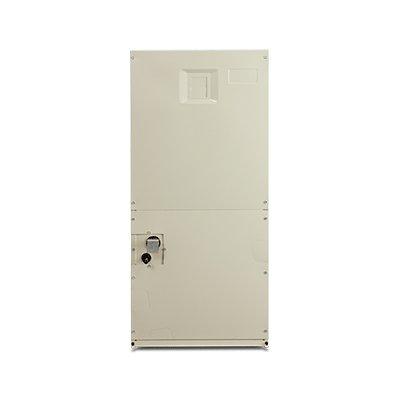If homeowners are remodeling or building a house, they have probably thought more about floors and walls than air conditioners.
However, to keep the house cool and energy bills low, homeowners need the right kind of AC unit. In areas with warm to hot summers like northern Illinois, air conditioners account for an average of 12% of a home’s energy costs.
Types of air conditioners
Let’s explore five different kinds of air conditioners and what situations they’re best for:
Central Air Conditioners
For large homes and buildings, it’s hard to beat central air conditioners. Built around indoor furnaces and outdoor AC units, they can keep large spaces chilly or warm. They’re often better choices than using multiple smaller units.
However, homeowners need somewhere for indoor units, outdoor units, and ducts. For small existing homes, a central air conditioner might be a bit burdensome to install.
Ductless Mini-Split Systems
Ductless mini-split systems are great for condos and apartments, they’re too small to cool large spaces
If the home isn’t quite big enough for new ducts and units, a ductless mini split air conditioner is a great option. As the name suggests, they require no ductwork and can keep rooms at different temperatures.
Small indoor units (the part that blows out air) can be placed anywhere in a room and are connected to a small outdoor unit by wires and tiny drain lines. While ductless mini-split systems are great for condos and apartments, they’re too small to cool large spaces on very hot days.
Window Units
According to the EPA, air conditioners need 20 BTUs of power per square foot of living space. Anything less powerful isn’t comfortable. When a unit is too big, it’s inefficient and makes rooms muggy.
That’s why a window unit is perfect for small spaces such as:
- Apartments
- Detached garages
- Sheds
- Attic rooms
In general, they’re installed in windows that have a lot of shade. Despite being some of the most inexpensive and easily-maintained air conditioners, they shouldn’t be used for large spaces.
Packaged Units
A single outdoor unit can be placed next to a house or even on the roof
If a home is a bit too small for central air and too big for a ductless system, a packaged air conditioner unit is your solution. They require ducts, but no indoor units. A single outdoor unit can be placed next to a house or even on the roof.
The location of the outdoor unit should be chosen carefully. Because all vital components are installed outside, harsh weather and pests may shorten their lifespans.
Portable Air Conditioners
Portable air conditioners, also known as stand-up units, are versatile and movable. They use hoses to pull fresh air from outside and circulate it around rooms. If window units aren’t feasible, consider a portable unit.
While they’re great options when nothing else will work, portable air conditioners have some disadvantages. They’re often noisy and collect a lot of moisture that has to be dumped out frequently. Even compared to a small window unit, portable units have a limited cooling capacity.





















